How to Automatically Save Client Files in the Right Google Drive Folders
Poor organization of client files can lead to messy management. Many squander hours organizing documents, often dragging and dropping files into folders. Besides being slow, this method is prone to mistakes. Fortunately, Google Drive lets you program some of these tasks. With the correct tools, you can cut errors and save time. Automating your file-saving system maintains order and increases workflow.
Files won’t disappear or be misplaced anymore. This article will review simple ways to automatically save client files into Google Drive. You don’t need technical knowledge—just common sense—to follow these steps. We’ll use straightforward technologies like outside apps and Google Workspace capabilities. Let’s explore a more intelligent approach to handling your electronic documents.
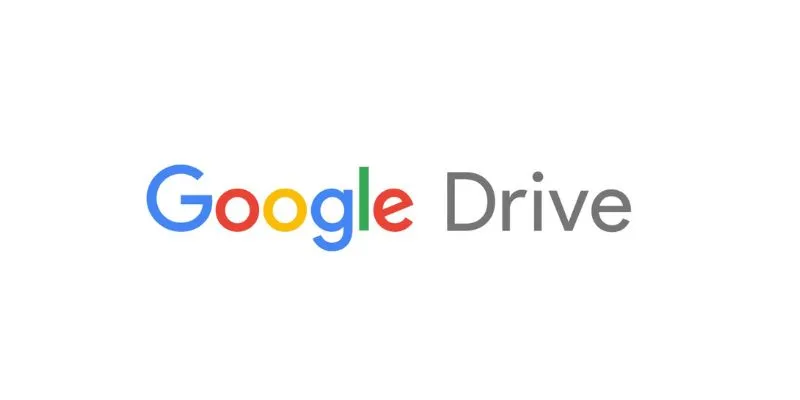
Methods to Automatically Save Client Files in Google Drive Folders
Below are the methods to automatically save client files in the correct Google Drive folders.
Use Google Drive Folder Structure for Clients
Set up folders for every client first. Name each folder distinctly and clearly, such as “Client ABC” or “Client XYZ – 2025 Projects.” Create subfolders for specific projects or documents within each client folder, like “Invoices,” “Reports,” “Contracts,” or “Design Files.” This organization keeps things orderly and easy to find. Consistency with naming conventions enhances automation. Use a naming format like “ClientName_DocumentType_Date” to name files manually or automatically. Automating tasks is significantly simpler if every client file uses the same structure.

Use Google Forms and Google Sheets for File Intake
If customers often provide files, use Google Forms for collection. Create a simple Google Form that collects names and allows file uploads. Enable the file uploading capability in the form settings. Every file submitted via the form is automatically saved to Google Drive. Additionally, the form logs entries in a linked Google Sheet for tracking. The Google Sheet can then integrate with Zapier or Google Apps Script, among other automation tools. Files can be organized according to form responses into the correct folders. For instance, the file may find its way into a client’s folder if they input “ABC Company.” It saves you from manually dragging files to the proper folder and ensures files are organized as soon as they’re uploaded.
Use Google Apps Script for Custom Automation
Google Apps Script is a free tool that enables tailored automation, working seamlessly with Google Drive, Sheets, Docs, and Forms. You can create simple scripts to move files to designated folders automatically. A script might, for instance, relocate files to corresponding directories after reading a Google Sheet. Collecting client data through Forms or Sheets makes this process easier.
Here’s a basic idea of how it works:
- A client uploads a file using a Google Form.
- The form sends data to a linked Google Sheet.
- The script checks the Sheet for client names.
- Based on the name, the file moves to the correct Drive folder.
You can schedule the script to run every hour or once daily, making the process entirely hands-free. Google provides templates and guides online if you are new to Apps Script. It is a fantastic method of automation that is free of additional service fees.
Automate File Organization Using Zapier
Zapier is a popular automation tool that connects Sheets, Gmail, and Google Drive, among other programs. Using it requires no coding knowledge. Just arrange “Zaps” or automated processes. For instance, you might design a Zap to monitor your Gmail for client emails and attachments. When an email from a certain client shows up, the attachment is saved in their Drive folder. Files may also be renamed using the email subject or client name.
Here’s how a basic workflow might look:
- Trigger: New email from “[email protected]” with an attachment.
- Action: Save the file to the “Client ABC” folder in Google Drive.
- Optional Action: Rename the file as “ClientABC_Attachment_Date.”
Zapier also works with Google Sheets, connecting it with forms easily. It’s ideal for automating simple tasks without code authoring. Your needs will determine whether free or premium options are appropriate.
Use File Naming Rules and Add-ons
Although Google Drive does not rename files automatically, add-ons can help. One example is “File Renamer for Google Drive,” which allows you to rename many files concurrently, keeping your Drive orderly and facilitating searches. Create personal or team file naming guidelines, like labeling every invoice “ClientName_Invoice_Date” such as “ABC_Invoice_May2025.” Clear file names help automation tools locate and move files more quickly. Consistent naming improves the search capability of Google Drive. Consider using add-ons like “Drive Files to Folders” or “G-Drive File Organizer.” These utilities migrate files to folders according to file names or other tags, reducing human mistakes and saving time.
Team Drives and Permission Shared Drives
For team operations, use Shared Drives in Google Workspace. Shared drives let groups access the same directories without file transfers. Each folder on the shared drive can be designated for a specific client or project. Manage access by deciding who can view or change the files, maintaining client data organization and safety concurrently. Set up separate access levels for assistants, managers, and clients as needed, ensuring everyone sees only what they need. Tracking file modifications helps increase accountability as well.
Conclusion
Automatically saving client files in the correct folders speeds up work and reduces errors. With technologies like Google Forms, Zapier, and Google Apps Script, your document management becomes quick and simple. Shared drives, clear folder naming, and add-ons also enhance organization. You won’t waste time organizing or misplacing critical files anymore. These solutions apply to both team members and freelancers. Most approaches require no coding knowledge. Start by creating a clear folder system, then utilize the appropriate tools for your workflow. Let automation maintain order and handle the tasks.
Related Articles

How to Automatically Save Gmail Attachments to a Google Drive Folder: A Complete Guide

How Can You Merge Google Accounts? 3 Easy Ways to Combine Gmail, Calendar, and Contacts

The 8 Best To-Do List Apps for Android in 2025
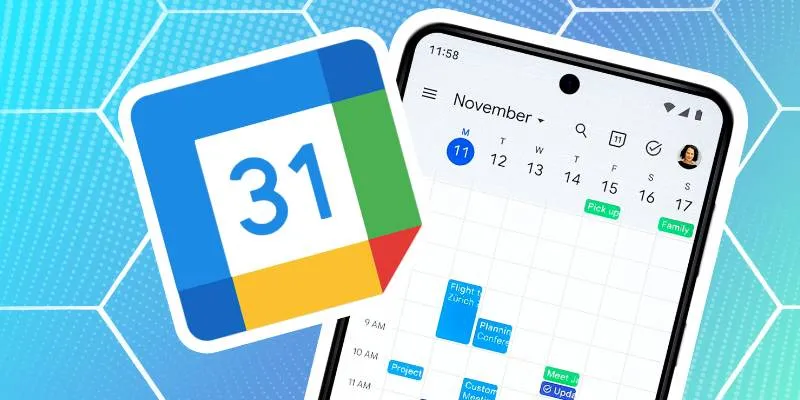
How to Connect Google Calendar with Your Business Apps: 7 Best Practices

8 Best To-Do List Apps for Mac in 2025

MPEG to MP3 Conversion Made Easy: A Complete Guide
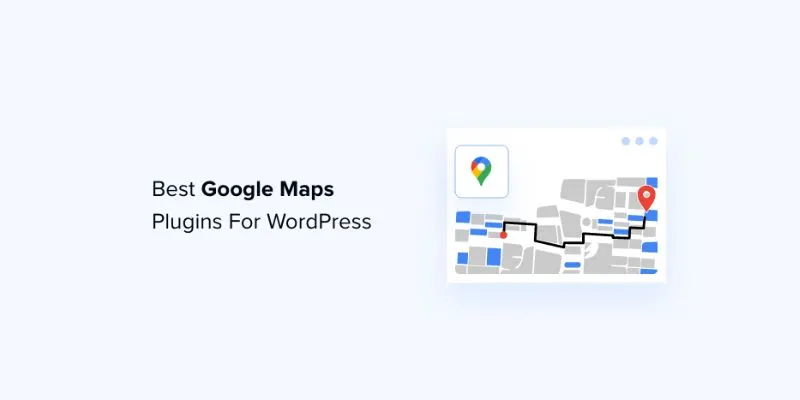
7 Mostly Free Google Maps Plugins for WordPress You Shouldn't Miss
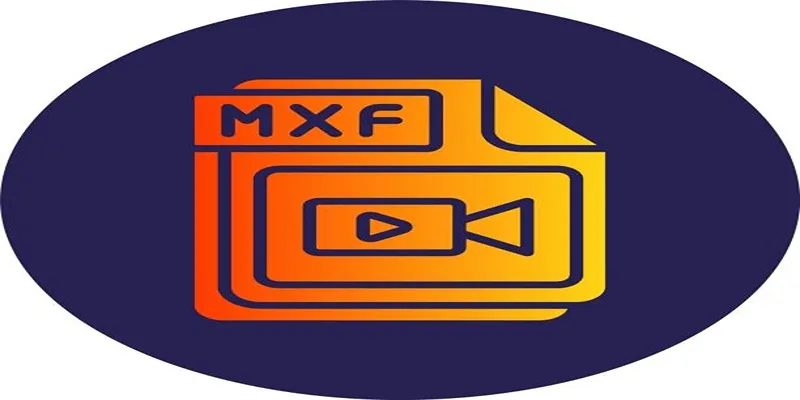
Top Tools to Convert MXF Files for Seamless Sony Vegas Compatibility
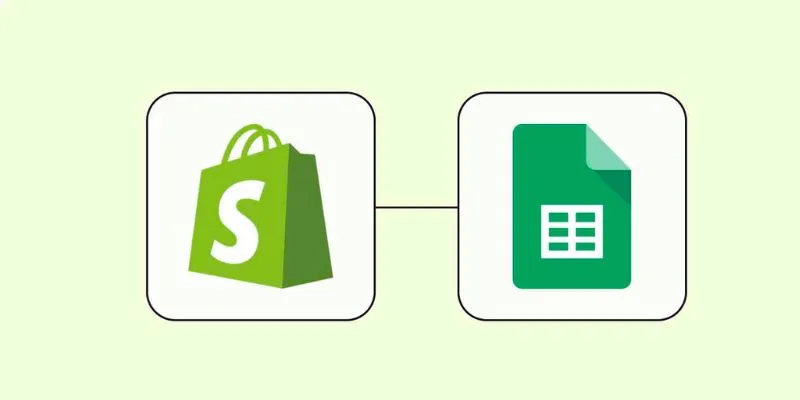
How to Integrate Google Sheets with Shopify: A Step-by-Step Guide
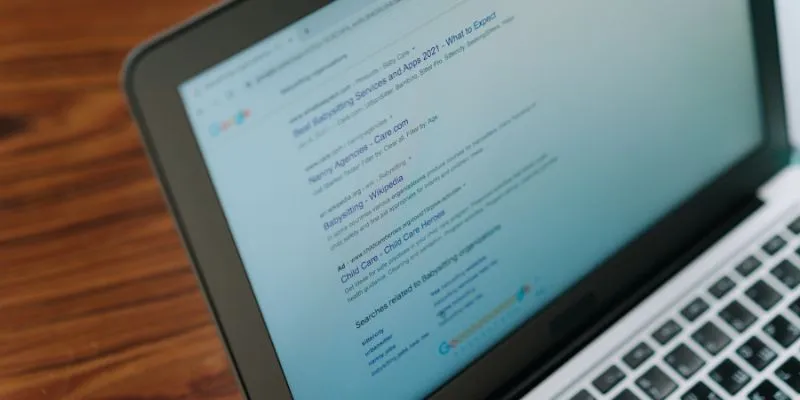
What Are the Best Google Docs Features to Improve Your Workflow and Save Time?

Easy Ways to Automatically Upload Zoom Recordings to Google Drive

How to Easily Convert AVI to MOV Using 4 Reliable Tools
Popular Articles

Calendly vs. Google Calendar Appointment Schedule: Which One Is Right for You
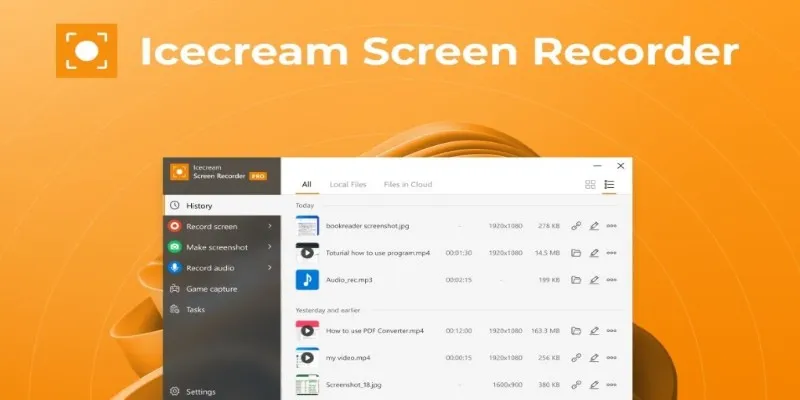
Latest Overview of VLLO Video Editor Before You Download the App

10 Reddit Automation Ideas You Need to Try in 2025

Top 8 OnePageCRM Sales Strategies to Close More Deals in 2025

How to Sell on Shopify: A 5-Step Guide to Building a Profitable Store

Best M4V Conversion Tools for Windows Users in 2025

What Is the Best Cap Table Management Software for Startups?

The Best Webinar Software for Marketers in 2025 to Grow Your Audience and ROI

MPEG to MP3 Conversion Made Easy: A Complete Guide

How to Crop and Edit WordPress Post Thumbnails for Better Visuals

5 Best Related Posts Plugins for WordPress (Compared): Choose the Right One
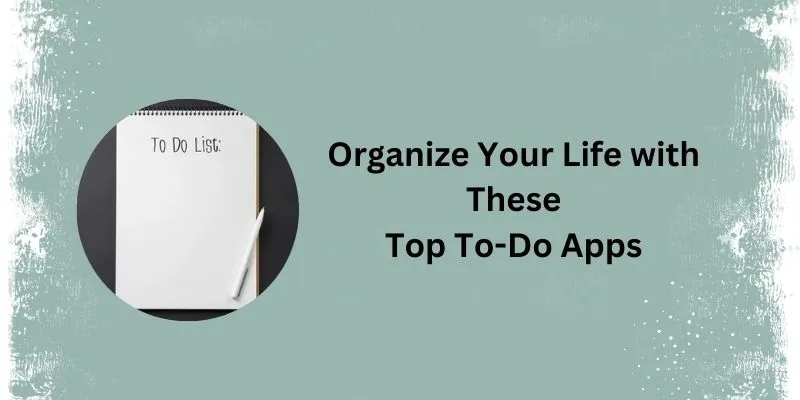
 mww2
mww2